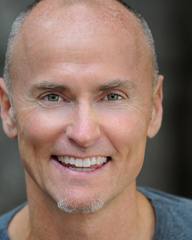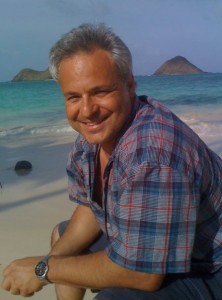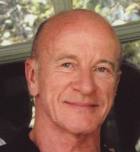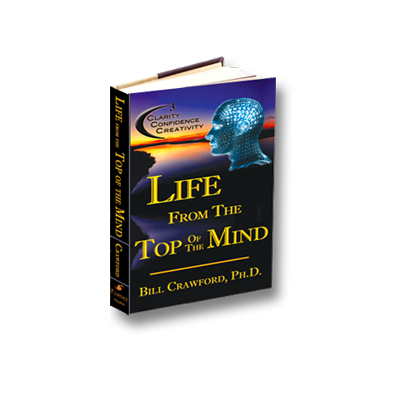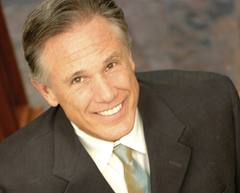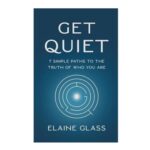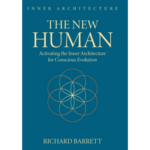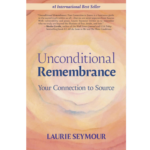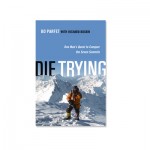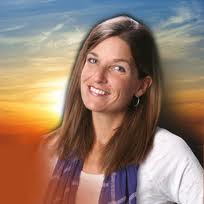 I recently interview author Annie Burnside about her new book entitled “Soul to Soul Parenting“. My wife is a fifth grade school teacher, daily tells me about the crazy stories and challenges she faces as a teacher, teaching children who are disrespectful, disobedient and have no attention span.
I recently interview author Annie Burnside about her new book entitled “Soul to Soul Parenting“. My wife is a fifth grade school teacher, daily tells me about the crazy stories and challenges she faces as a teacher, teaching children who are disrespectful, disobedient and have no attention span.
I know about the children that are ADD or ADHD, but these children have not been diagnosed with either. In my estimation what is missing are the proper role models (their parents) to guide them and reinforce proper behavior.
I am so pleased that Annie Burnside wrote this wonderful book “Soul to Soul Parenting“, which is primarily about raising a spiritually conscious family which is so extremely important in our world today. In addressing the aspect of raising a spiritually conscious family she espouses what she refers to as Parenting Vehicles, which are practical, tangible things families can do to get in touch with their spiritual nature.
Through a combination of stories about her personal journey, ideas borrowed from the teaching of other spiritual leaders, and old-fashioned common sense, Annie brings to the reader the rituals and spiritual signs along with Soul to Soul Parenting Spiritual Themes that she has used personally with her family to bring the values and spiritual nature that plays such an important role in raising her family and reinforcing the spirituality.
Soul to Soul Parenting encourages and inspires all parent to become the spiritual experts to their own families and lead their children to expand their conscious awareness to include a universal interconnectedness with all of life.
Annie Burnside’s book is a must read if you have children and are interested in bringing a greater awareness of the important elements of instilling spiritual values and beliefs. If you would like more information about Annie Burnside please click here to be directed to her website or you can click here to access her Facebook page.
Enjoy my wonderful interview with author Annie Burnside.
